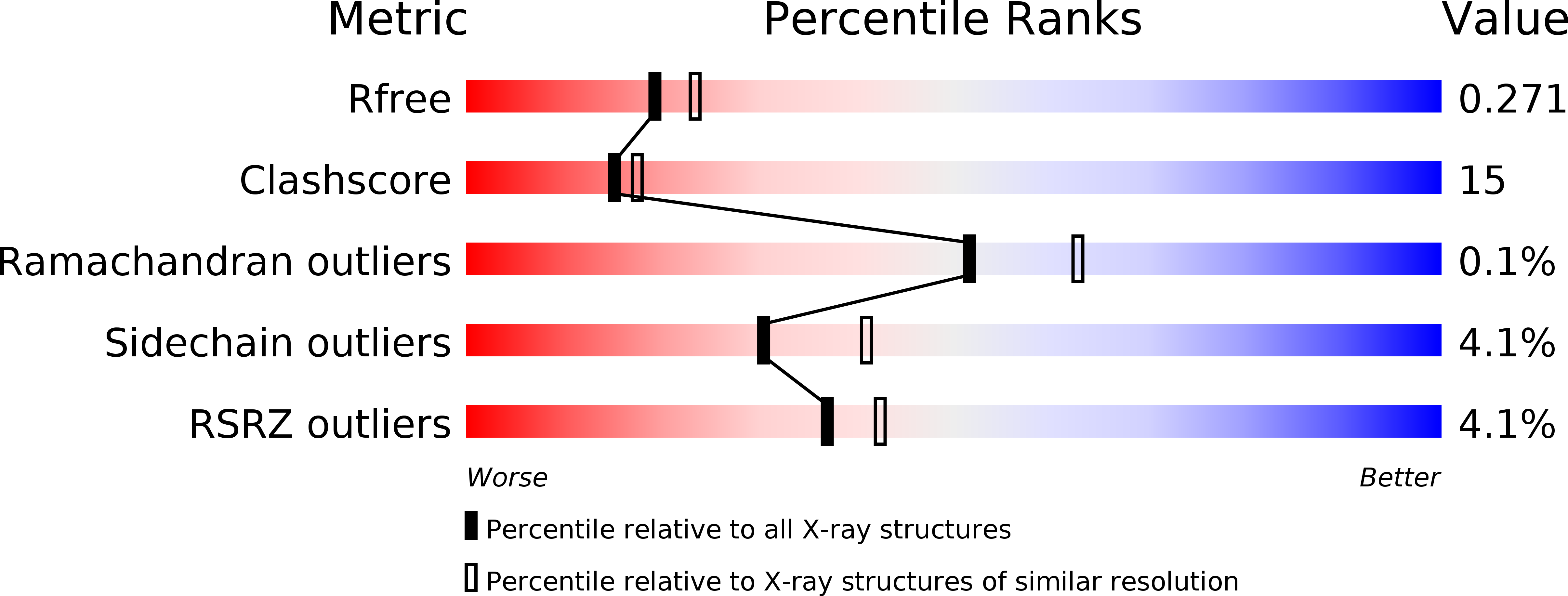
Deposition Date
2006-06-19
Release Date
2006-08-01
Last Version Date
2024-02-14
Method Details:
Experimental Method:
Resolution:
2.28 Å
R-Value Free:
0.26
R-Value Work:
0.22
Space Group:
P 1 21 1


